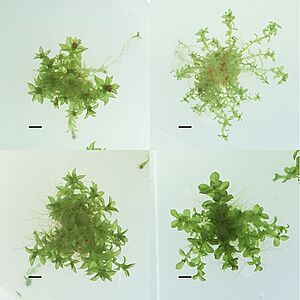Race (biology) facts for kids
In biology, races are groups of living things that belong to the same species. These groups have small differences in how they look or in their genetic makeup. Think of them like different teams within the same big club.
Sometimes, these groups are called ecological races. This happens when they change to fit different local places they live in. Other times, they are geographic races because they live far apart and are separated by geography.
If these groups are different enough, scientists might call them subspecies. A subspecies is a special official group in biology, just below a species. If they are not different enough for a formal name, they are simply called races. This means scientists are not sure if they need a special name or not.
A famous biologist named Ernst Mayr once said that a subspecies is a "geographic race" that is different enough to get its own name.
Contents
The Story of the Key Lime
The key lime is a small shrub that can grow up to 5 meters (about 16 feet) tall. It has many sharp thorns. When its fruit is ripe, it turns yellow. Many people who make cocktails prefer this lime over the Persian lime.
Where Did Key Limes Come From?
The lime plant first grew in southeast Asia. From there, it traveled to the Middle East. During the Crusades, explorers brought it to Europe and North Africa. Later, Spanish explorers took it to the West Indies and the Florida Keys in the United States.
In 1926, a big hurricane hit Florida. It destroyed most of the lime farms there. After this, the Persian lime was brought in again to replace the lost trees.
How Key Limes Changed
Some of the original key lime shrubs survived the hurricane and grew wild in the Florida Keys. Over time, these wild plants, now called Mexican limes, changed. Their fruits became a darker green. They also grew a thicker skin compared to the original Persian limes. This shows how plants can adapt to new environments.
Related pages
See also
 In Spanish: Raza para niños
In Spanish: Raza para niños


